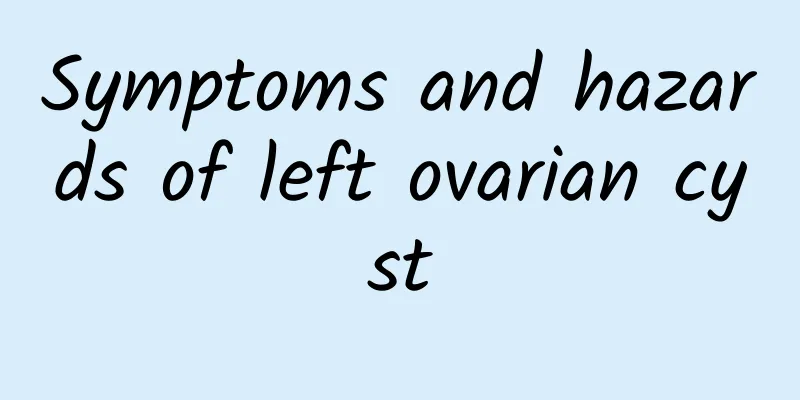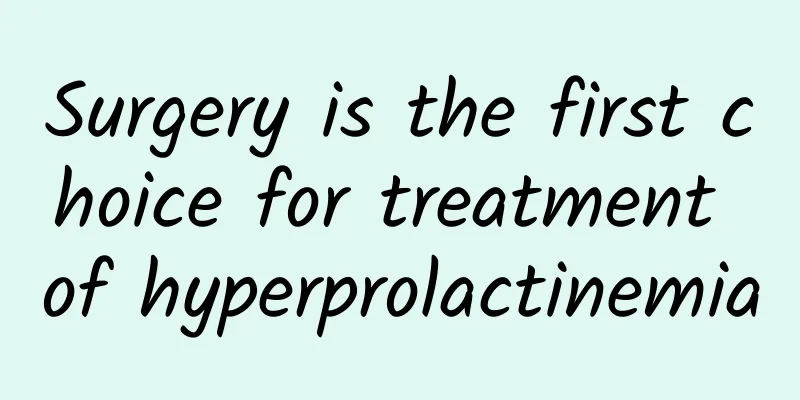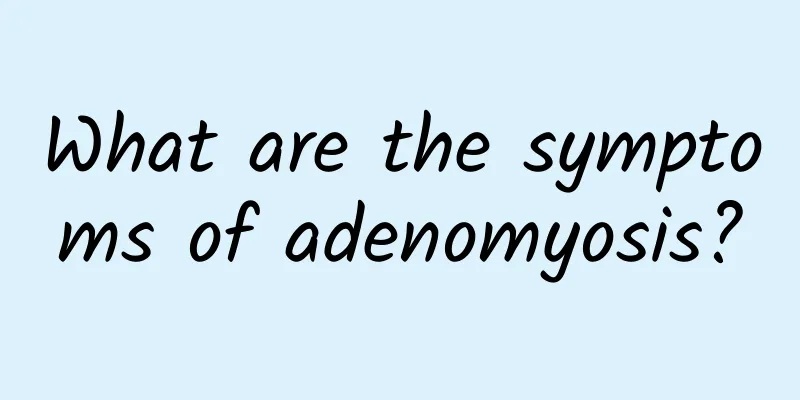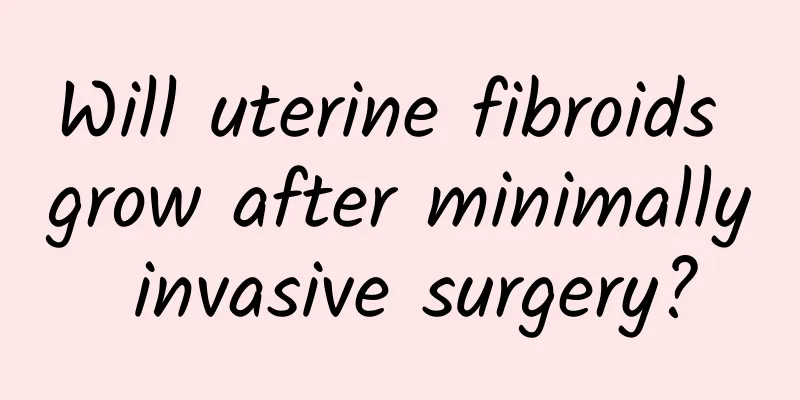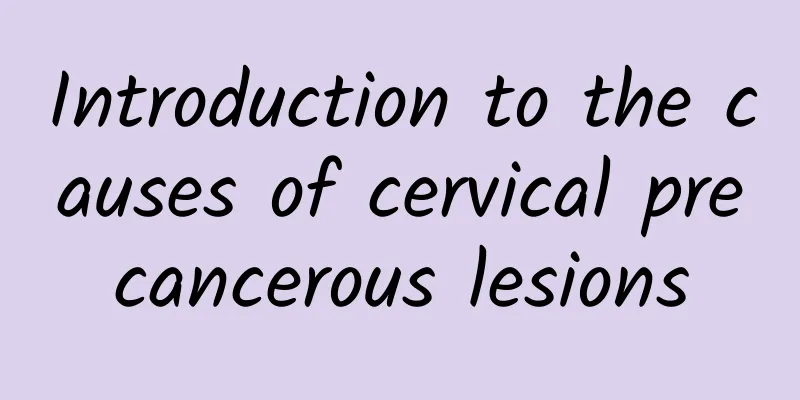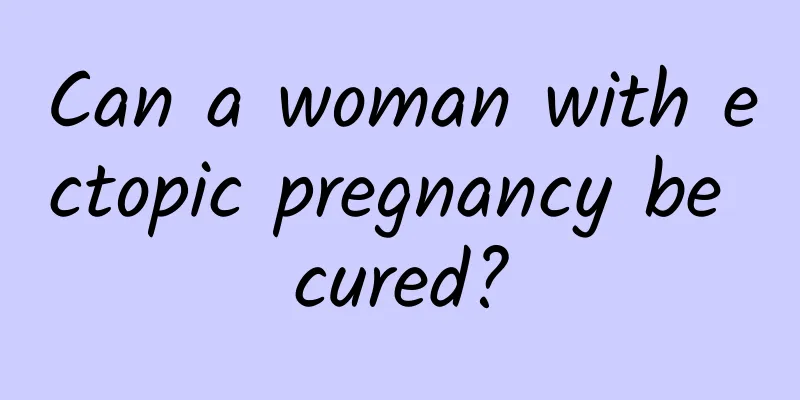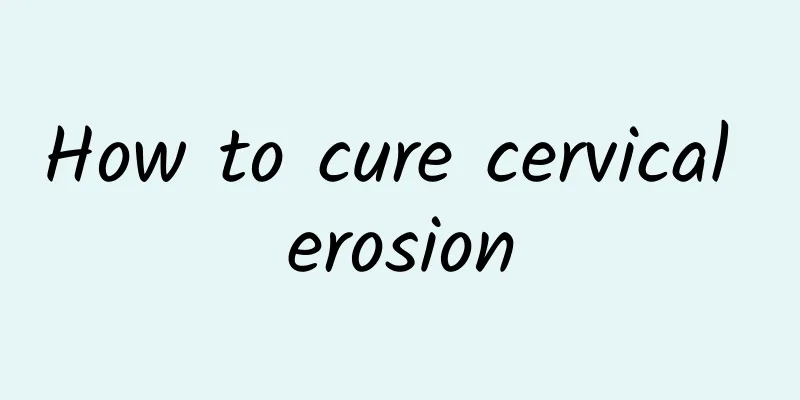How to treat intramural uterine fibroids? Do intramural uterine fibroids have to be removed?
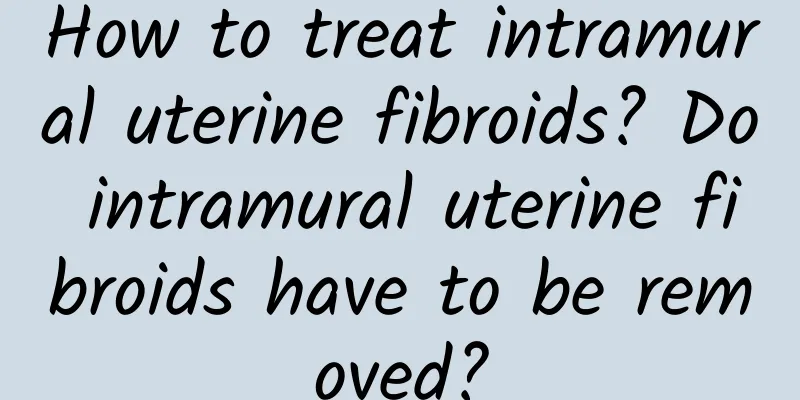
|
Clinically, uterine fibroids can be divided into submucosal fibroids, intramural uterine fibroids, etc. according to their different growth locations. The impacts of uterine fibroids are different, and the treatment methods are obviously different. Today we will mainly introduce the treatment of intramural uterine fibroids. The details are as follows. Intramural fibroids should be more common in clinical cases, but the number of fibroids is uncertain. There is usually one or more larger ones. Sometimes many small tumor nodules are distributed all over the uterine wall. Irregular masses fuse to form multiple uterine fibroids. Some involve the cervix or deep fornix, which can be easily confused with primary cervical fibroids. Intramural fibroids have good blood circulation and generally have fewer tumors. They can cause severe deformation of the uterus and affect uterine contraction. Due to the increase in endometrial area, they often lead to excessive and frequent menstruation and prolonged menstruation. The treatment of intramural uterine fibroids also depends on the specific severity. If the intramural uterine fibroids are small, asymptomatic, without complications and degeneration, they will have no impact on health. Perimenopausal patients have no clinical symptoms, and considering that the fibroids may regress or shrink after ovarian function declines. In the above cases, expectant treatment can be used, that is, regular follow-up observation (once every 3 to 6 months). Treatment is determined based on the review results. Generally, fibroids in women will gradually subside after menopause, so some women with uterine fibroids do not need treatment after menopause. However, patients with fibroids who are over 40 years old may still be a few years away from menopause, so surgery can also be considered. However, conservative treatment can be used before surgery, and surgery can be temporarily stopped if the medication is effective. It should be noted that in a few patients with fibroids in postmenopausal women, fibroids do not shrink but grow larger, so follow-up should be strengthened. In summary, the treatment of intramural uterine fibroids is more common in clinical practice, and generally has less impact on the female body. As long as the fibroids are not too large, they will not cause much harm, but if they are too large, they may require surgical removal. May tomorrow's sunrise be beautiful because of your smile, may tomorrow's sunset be brilliant because of your happiness, may everything tomorrow become meaningful because of your intelligence, may you recover as soon as possible and bloom the flowers of life. |
>>: Symptoms of uterine fibroids How to treat uterine fibroids
Recommend
What are the symptoms of uterine fibroids?
Uterine fibroids are the most common gynecologica...
Who are the most susceptible to vulvar leukoplakia?
Vulvar leukoplakia causes serious physical and me...
High-fiber fruits and vegetables help with bowel movements, healthy intestines and faster weight loss
The key to losing weight easily and not gaining w...
Symptoms of irregular menstruation often seen in women
Menstruation is a normal part of a woman's ph...
Aquarius is the most idealistic! 6 tips to quickly achieve your new goals in 2017
Time flies! It is now the second month of 2017. D...
Menstrual disorders are prone to recurrence due to simple regulation, and syndrome differentiation and treatment are the fundamental
The most annoying problem for women during menstr...
Adjust your pelvis and learn to breathe correctly after childbirth
Incorrect breathing methods will limit the moveme...
Analysis of common symptoms of severe cervical erosion
If mild cervical erosion is not treated in time, ...
What are the dangers of ovarian cysts? What conditions will aggravate the symptoms?
Among gynecological problems, ovarian cysts are a...
To maintain a healthy liver, you must first lose belly fat! 10 unexpected fat-reducing tips to effectively get rid of visceral fat
Having a fat belly is really troublesome. Many pe...
Methods for inducing ovulation in patients with amenorrhea
For amenorrhea patients who desire fertility and ...
Generally, you need to rest for a few days after having an abortion.
It is generally necessary to rest for 15 to 30 da...
Is vomiting before menstruation a disease?
Is vomiting before menstruation a disease? Vomiti...
What to eat to replenish blood after uterine fibroid surgery What to eat to replenish blood after uterine fibroid surgery
After surgery for uterine fibroids, the body need...
Lowering body fat percentage is the key to losing weight! Patented Green Madai to get rid of stubborn fat
If you want to have a slim figure, losing weight ...
